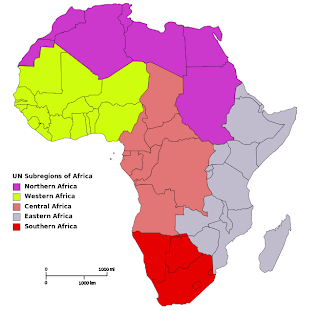Visualization is key to
conveying massive amounts of technical information quickly and
effectively. A picture says a thousand words. What is better than seeing
a picture, though? Interacting with the data. That
is what Roambi is trying to provide for their users. As an interactive
big data app, Roambi extracts data from businesses existing data
intelligence system and then allows users to manipulate the data into a
clear to understand visualization. A key feature
of Roambi is its ability for you to create visualizations on the go,
simply using your tablet. A year ago, Roambi had approximately 84,000
customers, and I imagine that number has grown as tablet usage has
dramatically increased in the past year.
Roambi provides several
different lines of business products to their customers. Roambi flow
incorporates analytics with additional information (in text) to provide a
more visually engaging experience for presentation.
Roambi analytics provides real time information from your business
intelligence system which allows you to create your mobile
visualizations from data extracted from Salesforce, SAP, Oracle, IBM,
and other databases.
By allowing users to
manipulate their visualizations on the go, Roambi has tapped into unique
market space. In my opinion, Roambi would have great value for
consultants who are traveling and consistently working
with a variety of people. Visualizations of large quantities of data can
provide immediate credibility, which is key in the consulting industry.
Although Roambi is a paid service, access to visualization on the go
can be a pivotal part of selling a process
or idea.
Sources:
1. http://gigaom.com/2012/03/11/10-ways-big-data-is-changing-everything/10/
2. http://www.roambi.com/















.png)
.png)
.png)
.png)





